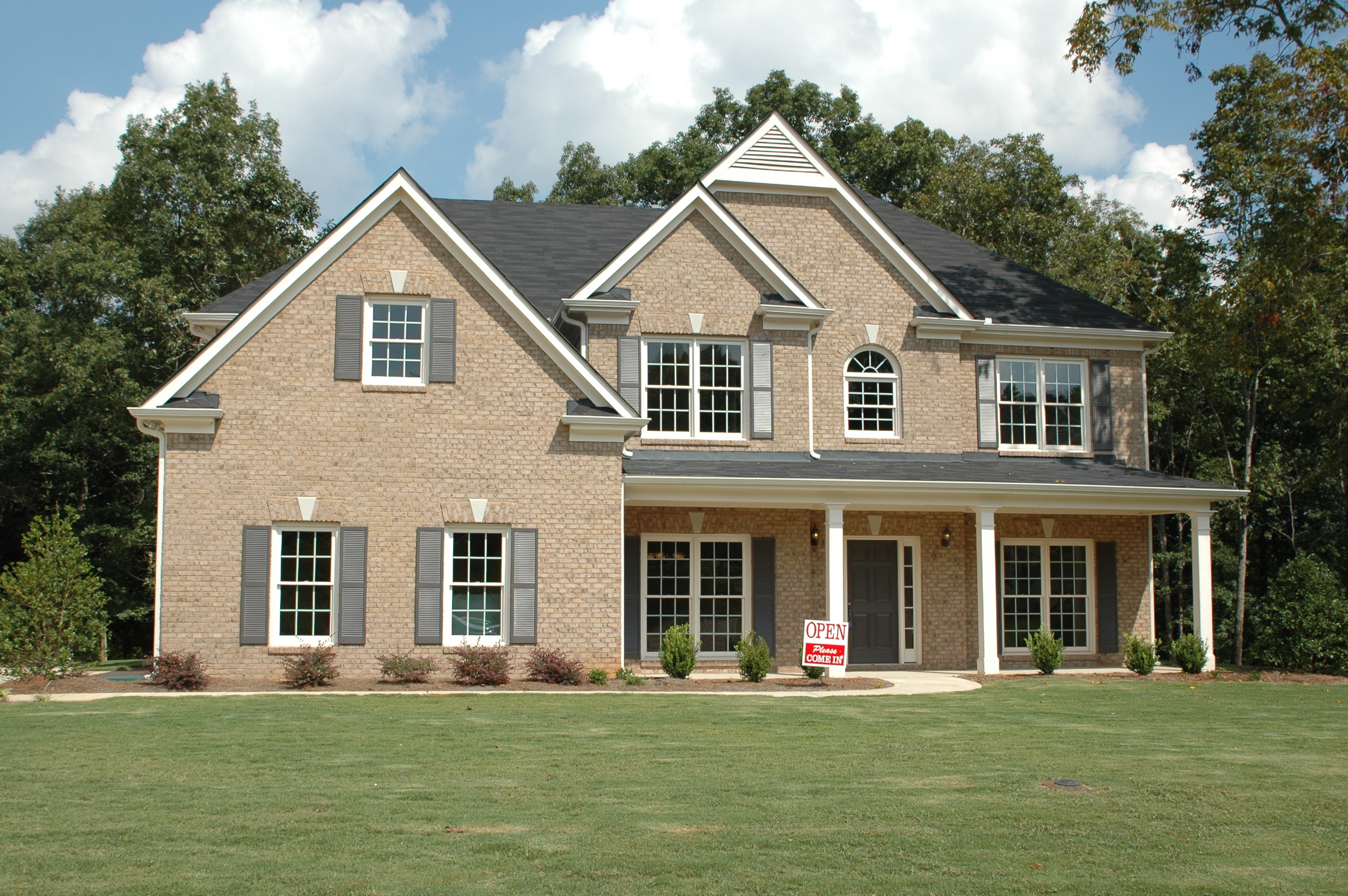Home Builder Sentiment Unchanged in November
 According to the National Association of Home Builders Housing Market Index for November, builder sentiment was unchanged at a reading of 63. Readings above 50 indicate that a majority of builders are confident about housing market conditions. Readings for three sub-indexes used to calculate the Housing Market Index Readings for builder confidence in current market conditions and market conditions within the next six months were posted at 69. The reading for buyer foot traffic in housing developments was 47. Buyer traffic has not reached the benchmark reading of 50 since the peak of the housing bubble approximately 10 years ago.
According to the National Association of Home Builders Housing Market Index for November, builder sentiment was unchanged at a reading of 63. Readings above 50 indicate that a majority of builders are confident about housing market conditions. Readings for three sub-indexes used to calculate the Housing Market Index Readings for builder confidence in current market conditions and market conditions within the next six months were posted at 69. The reading for buyer foot traffic in housing developments was 47. Buyer traffic has not reached the benchmark reading of 50 since the peak of the housing bubble approximately 10 years ago.
NAHB Chair Ed Brady noted that survey information provided by most participating builders was gathered prior to the presidential election. Mr. Brady also noted that Housing Market Index readings have exceeded 60 for the past three months, which indicates slow but steady growth in housing markets.
Analysts: Builder Sentiment and Building Activity Inconsistent
While positive builder sentiment readings seem to contribute to stronger housing markets, analysts pointed out that housing starts are not consistent with high builder sentiment levels. Reasons for fewer home starts than the Housing Market Index suggests include approaching winter weather and ongoing shortages of labor and buildable lots.
Real estate pros count on building more homes (and building them faster) as the only solution to tight supplies of available homes and rising demand. These conditions create highly competitive markets that present obstacles to moderate income and first time home buyers. NAHB said that rising incomes, expanding labor markets and relatively low mortgage rates are fueling demand for homes. While mortgage rates have remained near historic lows, home prices have risen quickly in high-demand areas. This creates affordability challenges for home buyers, who also face strict home loan approval requirements.
3 Month Rolling Averages Show Regional Confidence Readings
NAHB reported its three-month rolling averages according to four regions included in Housing Market Index readings. The Northeast reading was 45; the Midwest region’s confidence reading was 58 and the Southern region reported a reading of 66. The West, which includes high-demand metro areas such as Portland, Oregon and San Francisco, California, had a November builder confidence reading of 77.

 It’s important to remember that when a home is put up for sale it should appeal to as many people as possible. Sometimes those flashy paint colors the owners grew up with will not charm new buyers.
It’s important to remember that when a home is put up for sale it should appeal to as many people as possible. Sometimes those flashy paint colors the owners grew up with will not charm new buyers. There are more than enough details involved in getting a mortgage and moving into your own home that you’ll want to know how to make the process as seamless as possible beforehand. However, there’s a chance you might not be aware of the things you can do to make it a little easier on yourself. If you’re currently looking for a home and are wondering how to streamline the approval process, here are some things to do before applying to minimize mortgage-related stress.
There are more than enough details involved in getting a mortgage and moving into your own home that you’ll want to know how to make the process as seamless as possible beforehand. However, there’s a chance you might not be aware of the things you can do to make it a little easier on yourself. If you’re currently looking for a home and are wondering how to streamline the approval process, here are some things to do before applying to minimize mortgage-related stress.